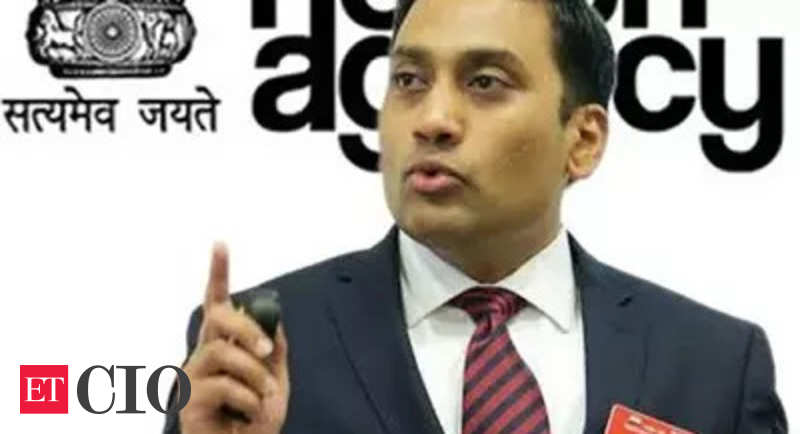The pandemic has radically changed the way workplaces work, and it’s hard to imagine things getting back to normal. One of the most important lessons learned in this era of remote working is the irrelevance of location, with people working from the comfort of their homes, one thing is for sure, it is even difficult to imagine returning to the normal state of affairs.
At a recent ETCIO Fireside, experts from the private and public sectors provided insight into how central and state governments are reassessing their workplace strategies and changing the way they deliver services to citizens.
The need for accessible government services was at its peak last year, so it’s important to understand how government agencies like the NHA were adapting to better reach those in need.
“Ministries, especially the health sector, have taken very proactive steps to engage with the population. So we have relied on traditional methods such as mainstream media advertising in audio, visual and also, call centers to a large extent, I am happy to share that the NHA has taken this initiative on behalf of from the Department of Health and Family Welfare and made millions of calls to us, outgoing and also made millions of inbound inquiries, â€said Dr. Praveen Gedam, Addl. Chairman and CEO, National Health Authority & Mission Director (NDHM), Government of India.
Dr Gedam also mentioned how telemedicine was quite restricted before the pandemic, and during the first lockdown itself, telemedicine policies were drastically altered with a liberal mindset to accommodate tough times.
As governments continue to leverage collaborative platforms for their day-to-day platforms, developing a connected workforce with people based across the subcontinent is paramount.
“If I had to break it down, I would start at a level where, if I have to talk about our country, we have two distinct spectra. The first spectrum is a huge pool of talent, products and services which are basically Indian and on the other hand we have a massive consumer base which is our simple population which is spread all over the country. Now the challenge is where these two specters meet, there is a huge gap, â€said Sameer Raje, Managing Director and Head of India, Zoom Video Communications.
He goes on to state that talents, especially women, in Tier 2 and 3 cities are allowed to work in good organizations or move to metropolitan cities and that consumers in those cities also lack those choices when it comes to Services.
“And in the case of health care, if we have to talk, there are people who need health care in the remote villages and they cannot access this facility but on the other hand we have the higher up, probably the brightest minds in the medical fraternity in the country, probably in the world, how do we bring these two together and I think the government and IT departments today need to play the role of facilitator or as a facilitator, if I may say so, â€continued Raje.
He further explained that the right talent or the right service can be tapped and consumers can be tapped with choices by following two paths – a government-private partnership and second, leveraging the right technology. Welcoming the initiatives taken by the government, particularly in the field of health, he added.
“One of the main areas of success we saw was in the Cowin app itself and once we saw partnerships develop between private hospitals as well as the government, we saw the number of vaccinations increase. quite high. Now we are talking about the United Health interface, where we are talking about health facilities available through an app or a platform for different populations or citizens of the country, â€Raje said.
Providing accessible health care across the country should always be the goal of government and doing so while building capacity using existing resources, especially with the challenges facing the economy, is quite a challenge.
Being able to talk to doctors at the push of a button was only one aspect of telemedicine, says Raje, “But the other important element is the coordination between the field staff, as well as the healthcare professionals in the field. the backend and the third element are the governing bodies and these three elements which have been brought together on collaborative platforms such as Zoom, have given enormous support to the whole ecosystem rather than working in a silo or its own compartment .
Although there have been multiple solutions in the digital health space like telemedicine, hospital management, etc., it is important to keep in mind that these solutions are dispersed and fragmented, without any standardization or interoperability.
“The challenge for the government is to ensure that this industry evolves towards standardization and interoperability. We are prepared to be a facilitator in this regard, basically on two parameters. One is to standardize how digital health works, for example by having specific standard terminology, etc. solutions, â€said Dr Praveen.
He explained that the UHI, launched by the Prime Minister, also known as the National Digital Health Mission, is fragmented in its growth and will require a lot of pressure from the industry, in the form of innovation and will.

